DIAMOND BRIGHTNESS
For centuries people have been fascinated and drawn to diamonds because of the way they can handle and interact with light. The term most popularly used to describe the optical phenomena people would observe is “brilliance” or “brilliant”.
Gemologists, however, note that when it comes to grading and classifying a diamonds optics in a formal grading system the generic term “brilliant” was too broad. A diamonds optics change depending on where the diamond is observed, the temperature of the lighting, the intensity of the lighting etc. can and will alter its appearance thus changing the optics.
Major conservative labs like GIA and AGS have broken down the optical phenomena into 4 descriptive terms which we’ve outlined in the last chapter. Just to reiterate those were…
- Brightness
- Fire
- Patterned Scintillation (or Contrast) and
- Sparkle Scintillation.
In the following chapters we’ll show you what this looks like and give you a much better understanding of what makes the most beautiful diamonds show the highest quality and intensity of these characteristics.
Diamond Brightness
When diamonds are observed in diffuse lighting environments there are two optical phenomena to be seen. Those being “brightness” and “patterned scintillation”.
GIA’s definition of brightness is “The appearance, or extent, of internal and external reflections of “white” light seen in a polished diamond when it is viewed face-up.
Examples of environments you’d be able to observe this in would be …
 | 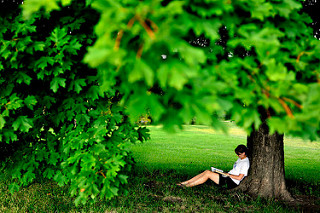 |
| Outside on a cloudy day (sunlight being diffused through clouds). | Outside on a sunny day but observing the diamond in blocked sunlight (not in direct sunlight). |
 |  |
| Overhead diffused office lighting. | Rooms with bright walls and ambient daylight coming in the windows. |
Each of these environments will allow the layman to observe the reflections of bright white light that enters the diamond and reflects off the pavilion facets. Diamonds will show varying degrees of brightness based on it's cut quality.
Assessing Brightness in Diamond
While there are literally hundreds to thousands of various proportion combinations within each cutting style of diamond here are some example of varying degrees of brightness found within round brilliant cuts.
This first graphic is of a GIA "Good" alongside a GIA "Very Good", a "Very Good" alongside a GIA "Excellent" and a GIA "Excellent" vs one of our handpicked GOG Signature Hearts & Arrows. Lastly, a modified round (91 faceted instead of 57) called a Solasfera. You can view the comparison of the 57 faceted diamonds in the video above on this very subject.
What is also important to note is that the same holds true for fancy shaped diamonds as well. While there is no formal grading system for fancy shapes like princess cuts, cushion cuts, ovals, etc. from GIA at this time, we can, here in our labs hand-select the finest fancies with the rarest optics.
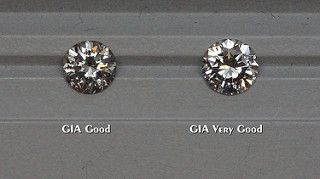 | 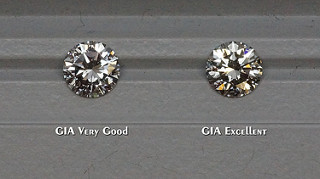 |
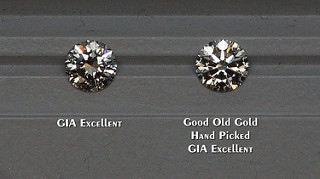 | 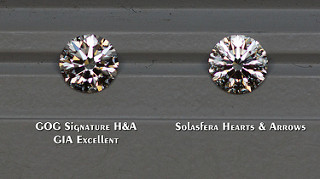 |
